Roaming
Roaming
Bartosz Ludwinski
November 29, 2019
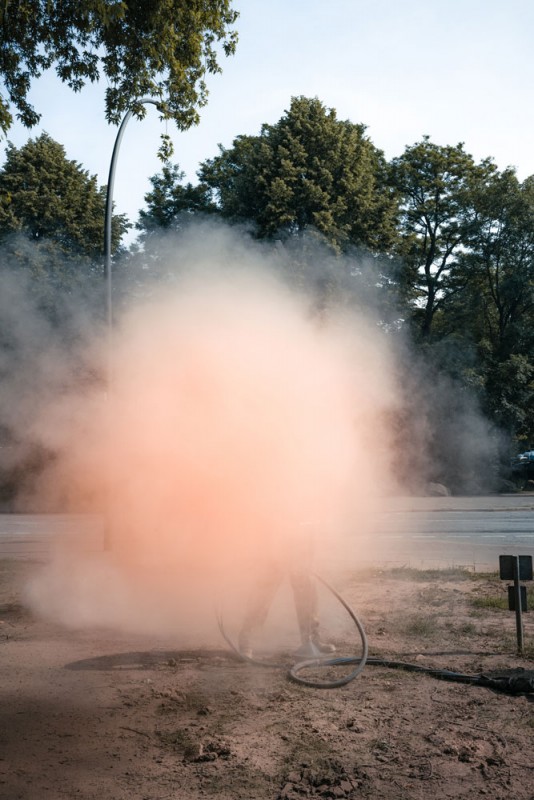
Hamburg, 2019
Bartosz Ludwinski: My approach is always dependent on the circumstances and the context. Obviously I approach commissioned work very differently from independent projects. My way of working continuously changes, as I strive to optimise the creative process and introduce new ideas. I’m always happy to try out something new. I work very intuitively and try to tune into my own internal experience. My approach to photography is emotional rather than intellectual, so that I ‘feel’ my way towards my motifs. I’m drawn to chaos and conflict, whether they are external or internal. You could say that I’m fascinated by conflict in the broadest sense of the word, be it with respect to one person or a wider region. This, in turn, could be anything from a suburb or a particular street to an actual war zone – essentially, any place where conflicts are being negotiated.
Can you explain the meaning of the hashtag #roaming that you add to many of your Instagram pictures?
It’s something I adopted from two friends with whom I shared countless outings, Robin Hinsch and Lorenz Hartwig. We never talked about its deeper meaning. To me, roaming simply means ‘to meander’ – and I like the idea of wandering in solitude, letting myself drift.
How do you manage the balancing act between your commercial work and personal projects?
I don’t like the thought of limiting my identity as a photographer, any more than I would describe myself as just one type of person or as having just one character trait. For me, commercial work and independent projects are two entirely different pursuits. In my commercial assignments, I have to meet the expectations of others; in my personal work, I ‘only’ have to fulfil my own – or, in an ideal case, none at all. My personal projects show where my heart lies and how I perceive the world. Obviously, this also gives art buyers or picture editors a fairly good idea of what I would bring to a potential assignment.
How did you find working with the Leica M-P240?
Most of all, it felt very unobtrusive. For me, the size of a camera is a deciding factor; in that respect, the diminutive Leica M-P240 offered an instant advantage. I was also struck by the effect the camera had on those around me: in terms of its external appearance, the M-P240 doesn’t look that different from an analogue camera, which makes people feel much less threatened than an SLR with a correspondingly sized lens.
Bartosz Ludwinski+-
Bartosz Ludwinski, born 1983 in Stettin, Poland, came to Germany with his parents at the age of 5, where he spent his childhood and youth in Münster. After he dropped out of his training as an IT specialist, he increasingly devoted himself to photography. Through his activities as a DJ and organizer, Bartosz documented German nightlife and his international personalities for many years. His outstanding interest in people in tense situations led him to Israel and Palestine, but also in the midst of the controversial Hamburg G20 summit or in Germany's last open-cast mine.
Ludwinski lives and works in Hamburg. His artist portraits and reportages appeared among other things in DAS MAGAZIN, Gruner+Jahr or DIE ZEIT More

Hamburg, 2019
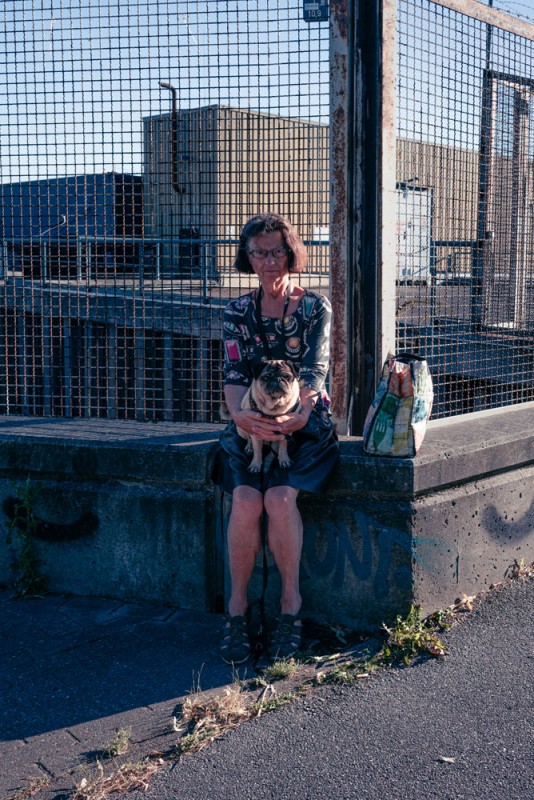
Billstraße, 2019
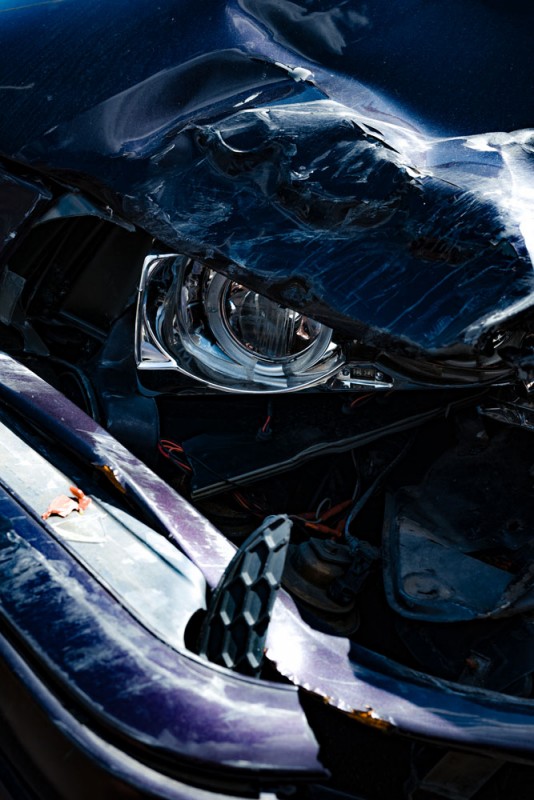
Billstraße, 2019
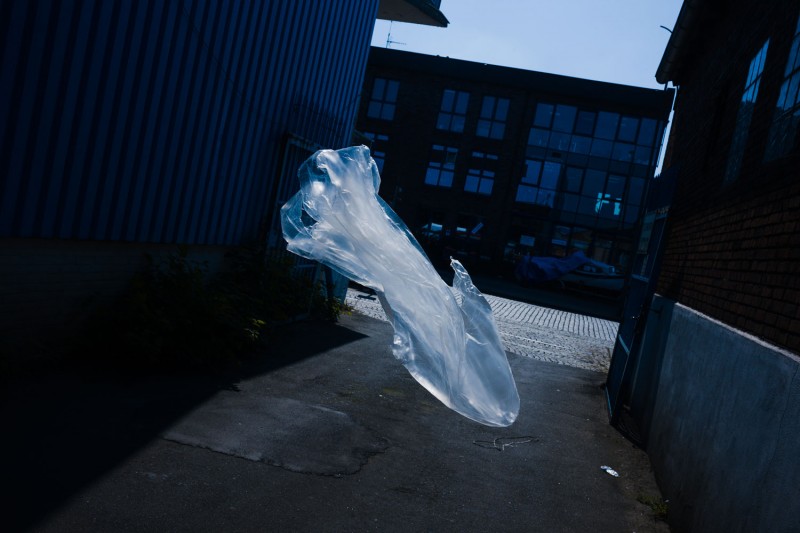
Billstraße, 2019
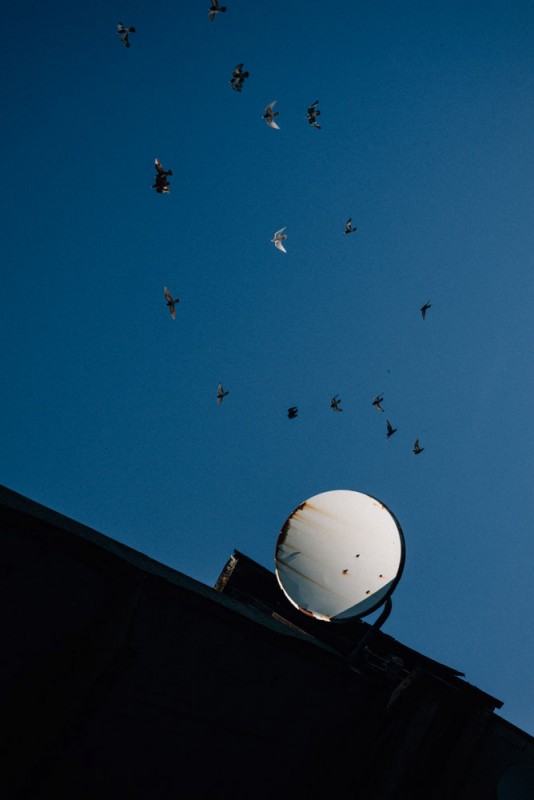
Billstraße, 2019

Billstraße, 2019
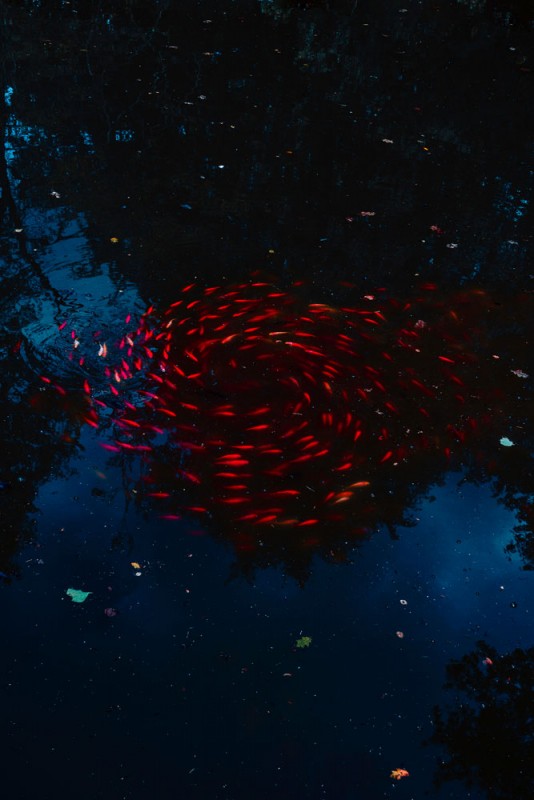
Roaming, 2019
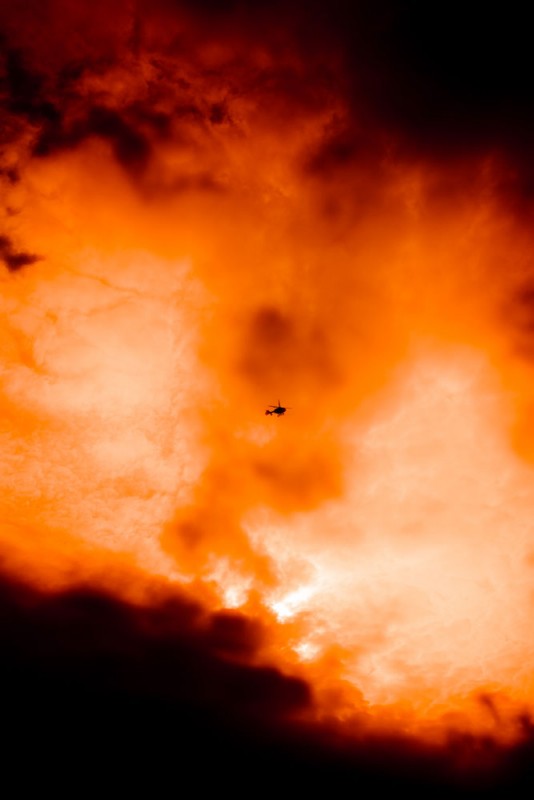
Hamburg, 2019
